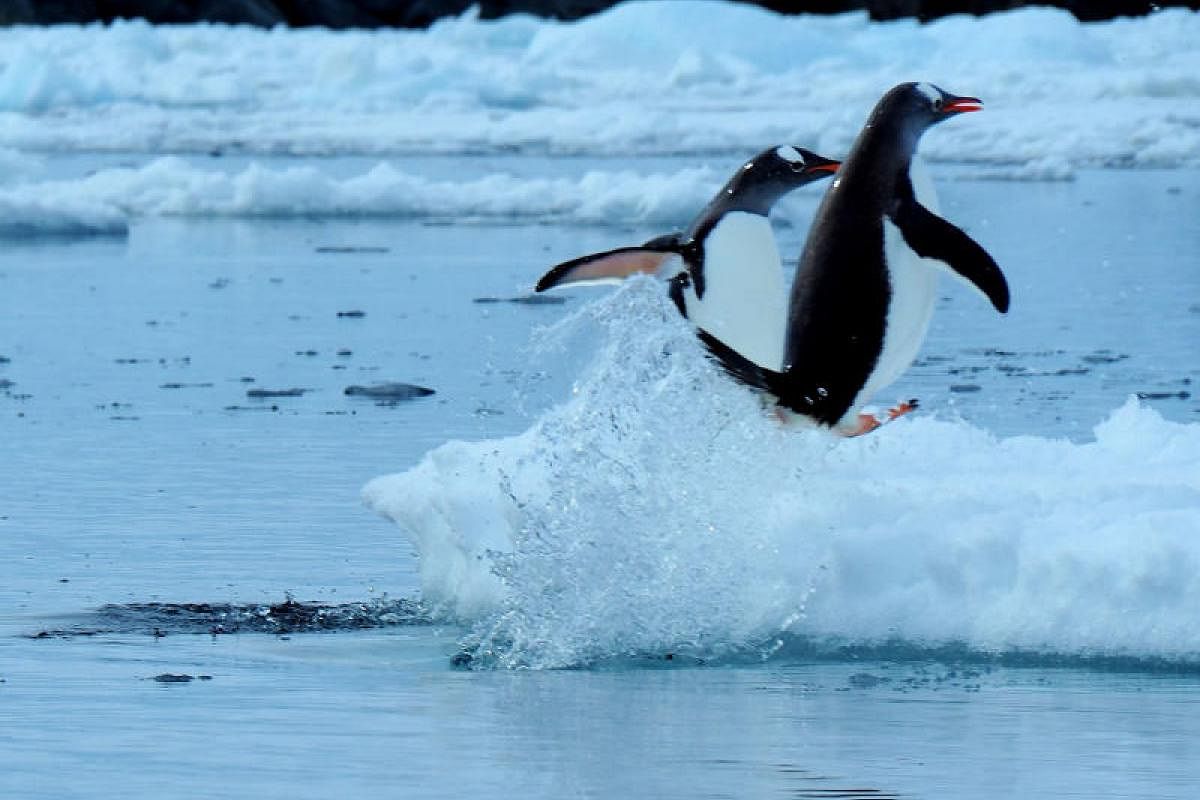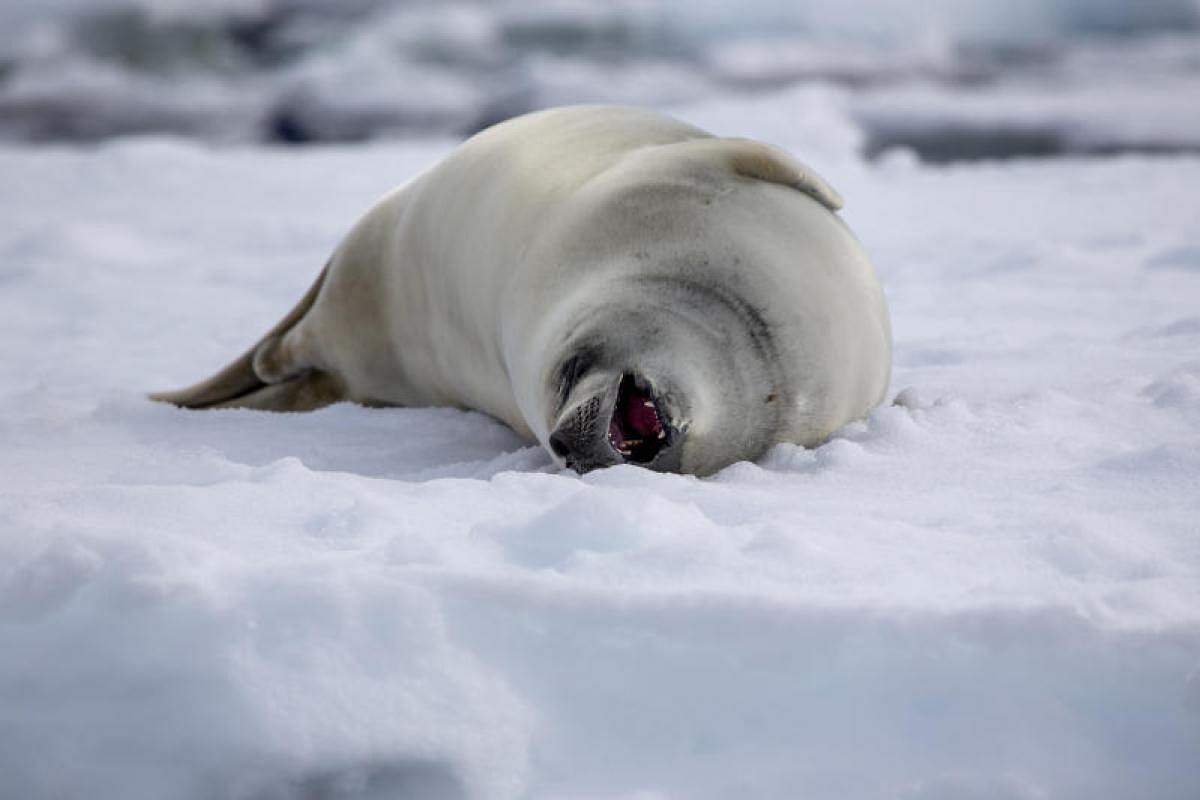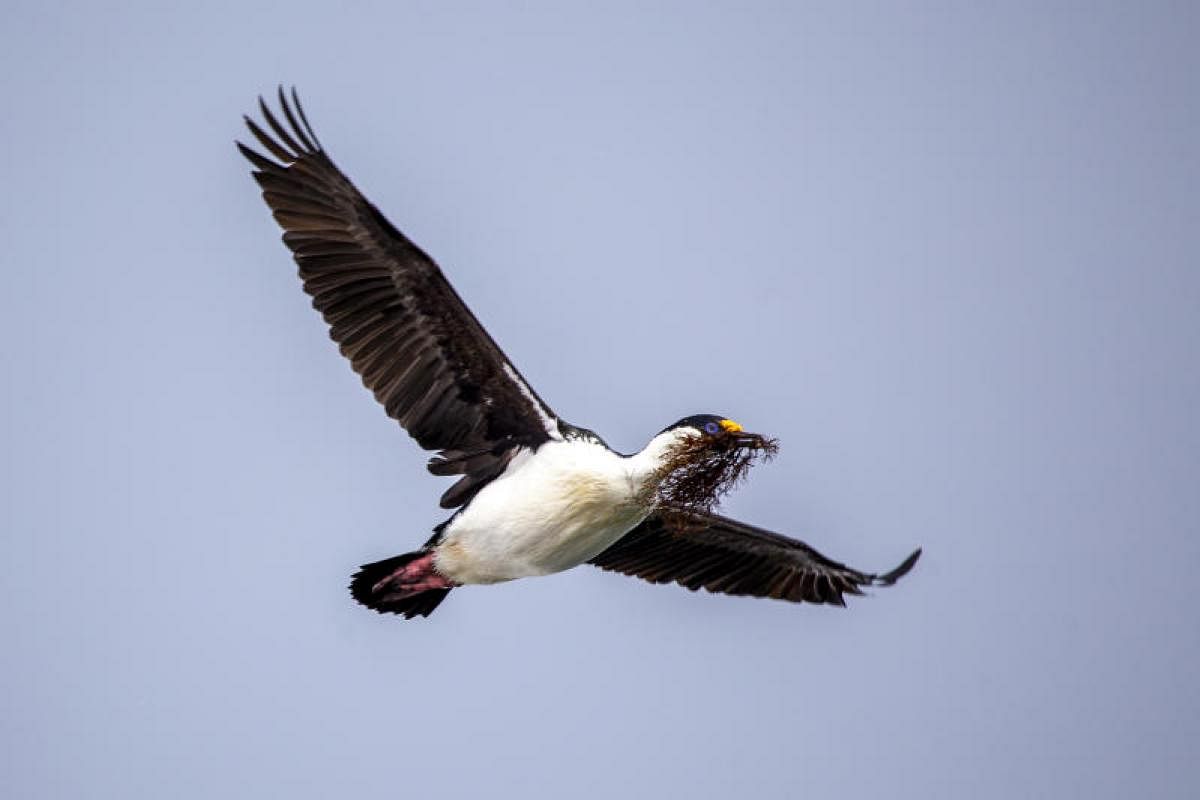In Pictures: Antarctica shots by ST readers
Here are some stunning images captured by ST readers during a recent trip to the continent.















Join ST's Telegram channel and get the latest breaking news delivered to you.
